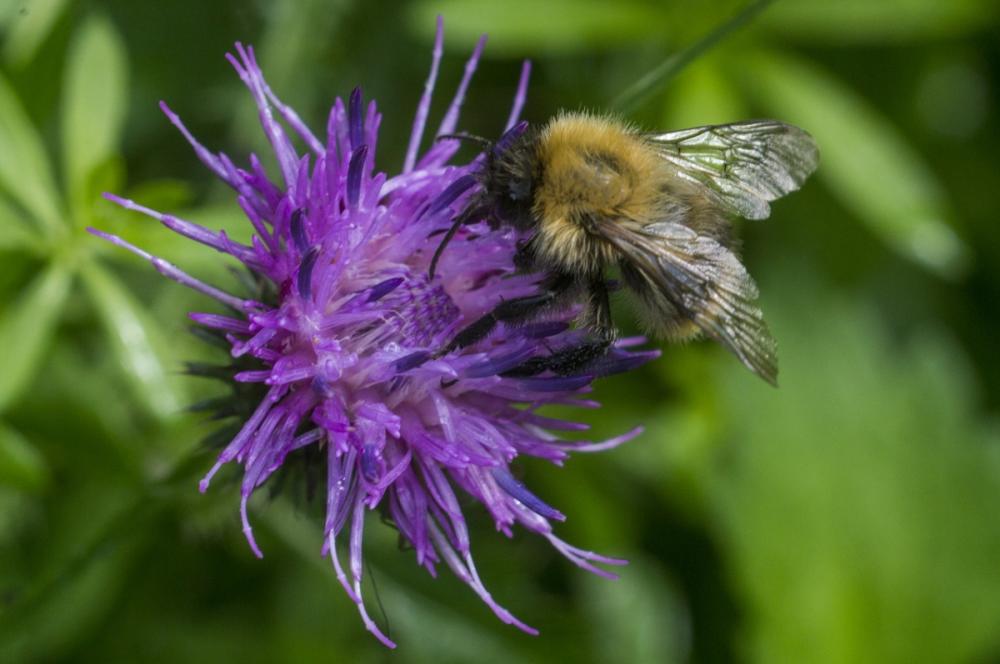search
date/time
 | Lancashire Times A Voice of the Free Press |
3:51 AM 10th July 2020
nature
How To Attract Bees To Your Garden
Luckily there are some things we can all do to make our gardens bee-friendly.

Aim for a good variety of pollen-rich flowers that have different flower shapes and a range of flowering periods from early spring to late summer and even throughout the winter if you can.
Bumblebee species have different length tongues that are adapted to feed from different shaped flowers. For example, the longest tongued species, Bombus hortorum, prefers deep flowers such as honeysuckle and foxglove.

2. Plant wildflowers and native species
Native plants have evolved alongside our native insects and some rarer species tend to favour native wildflowers. There are other benefits to wildflowers too. They can be easy to grow and maintain, and are often relatively resistant to pests.
Some trees and shrubs are also great for bees as they provide masses of flowers in one place. Choose winter and early spring flowering trees such as apple, wild cherry, willow and hazel.

Common insecticides containing neonicotinoids (thiacloprid and acetamiprid) kill bees! They are still approved for home and garden use and are available today at most garden centres and DIY shops. Read the label and please avoid using them.
4. Make a bee house
Create insect houses in your garden to provide nesting sites for solitary bees and insects. Different bee species require different habitats.
You can make your own simple bee house or you can buy a commercially-made bee house. Fix bee boxes in a south-facing spot but not in direct sunlight. Also make sure the entrance points downwards so that rain doesn’t get in.

Lawn weeds such as dandelions are excellent bee plants, providing vital pollen early in the season. White clover attracts masses of honeybees, while the longer tongued bumblebees prefer red clover. If you can’t bear to let your lawn grow, consider leaving a patch that’s less frequently mown to give them a chance to flower.
Information supplied by www.woodlandtrust.org.uk
The Bumblebee Conservation Trust offers great advice for bee-friendly gardening. https://www.bumblebeeconservation.org/